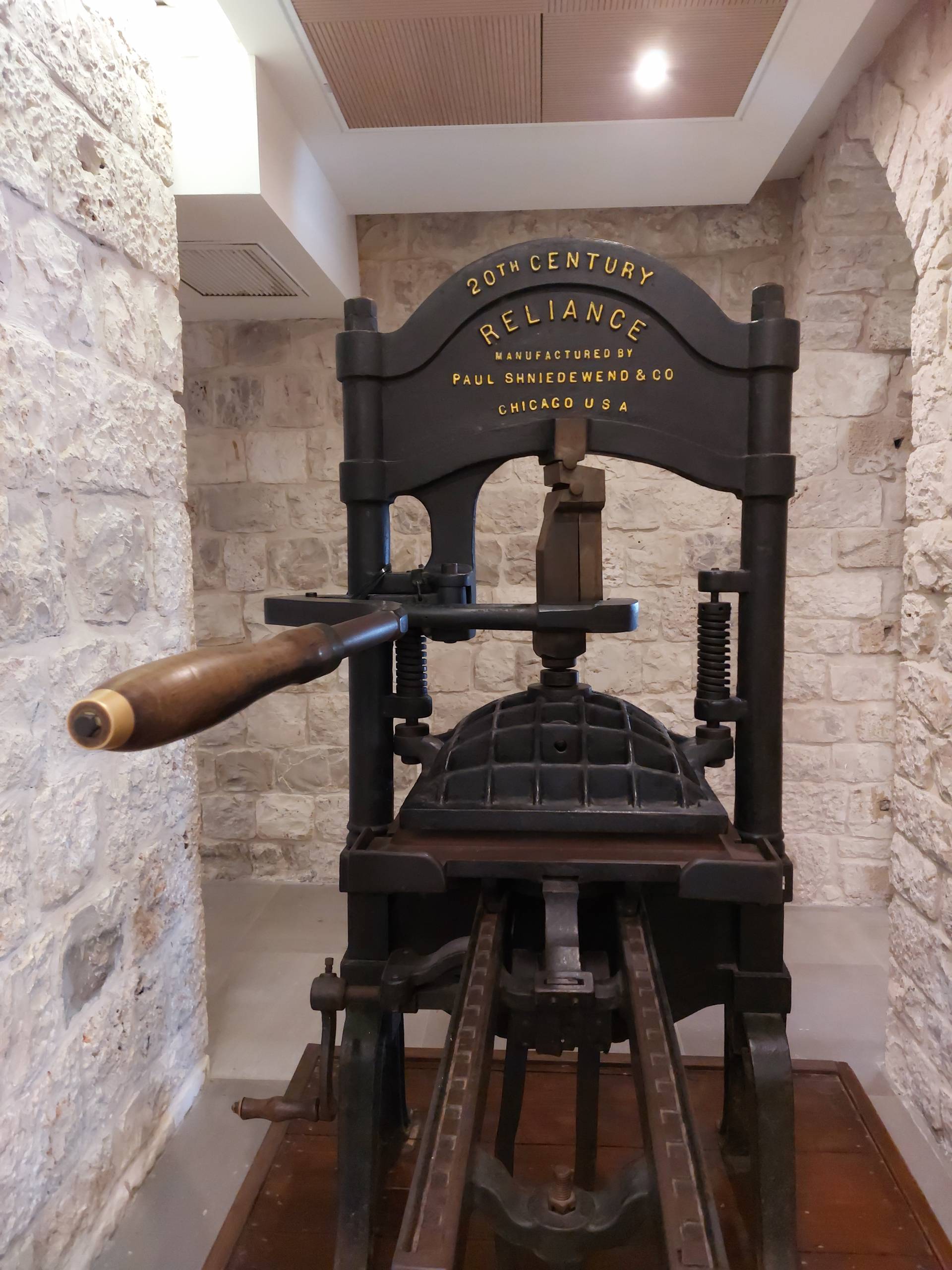Letterpress printing is a traditional printing method that has been around for centuries. It’s a type of relief printing where ink is applied to a raised surface, and then pressed onto paper to create a print. This printing method has a unique aesthetic that can’t be replicated by other printing methods, making it a popular choice for designers, artists, and anyone who appreciates the beauty of printed materials. In this article, we’ll explore the beauty of letterpress printing and provide a visual guide to the process.
History of Letterpress Printing:
Letterpress printing was first invented by Johannes Gutenberg in the 1440s, and it quickly became the dominant printing method in Europe. It was used to print everything from books to posters to business cards. With the invention of offset printing in the 20th century, letterpress printing fell out of favor. However, it has recently seen a resurgence in popularity due to its unique aesthetic.

Letterpress Printing Process:
The letterpress printing process involves several steps. First, a metal or wooden block with raised letters or designs is created. Ink is then applied to the raised surface using a roller, and the block is pressed onto paper using a letterpress machine. This creates a deep impression in the paper, giving letterpress prints their unique texture.
Visual Guide to Letterpress Printing:
Creating the Block: The first step in letterpress printing is creating the metal or wooden block with raised letters or designs.
Inking the Block: Ink is then applied to the raised surface of the block using a roller.
Placing the Paper: The paper is placed onto the letterpress machine.
Pressing the Block: The block is then pressed onto the paper, creating a deep impression in the paper.
Finished Print: The finished letterpress print has a unique texture and aesthetic that can’t be replicated by other printing methods.
Advantages of Letterpress Printing:
One of the main advantages of letterpress printing is its unique aesthetic. The deep impression in the paper creates a tactile and textured print that can’t be replicated by other printing methods. Additionally, letterpress printing allows for the use of a wide range of inks, including metallics and fluorescents, which can add unique and eye-catching effects to prints. Finally, letterpress printing is a sustainable and eco-friendly printing method, as it uses minimal energy and produces little waste.
In conclusion, letterpress printing is a beautiful and unique printing method that has been used for centuries. Its deep impression and tactile texture create prints that are both visually and physically appealing. Whether you’re a designer, artist, or simply appreciate the beauty of printed materials, letterpress printing is a fascinating and dynamic art form.